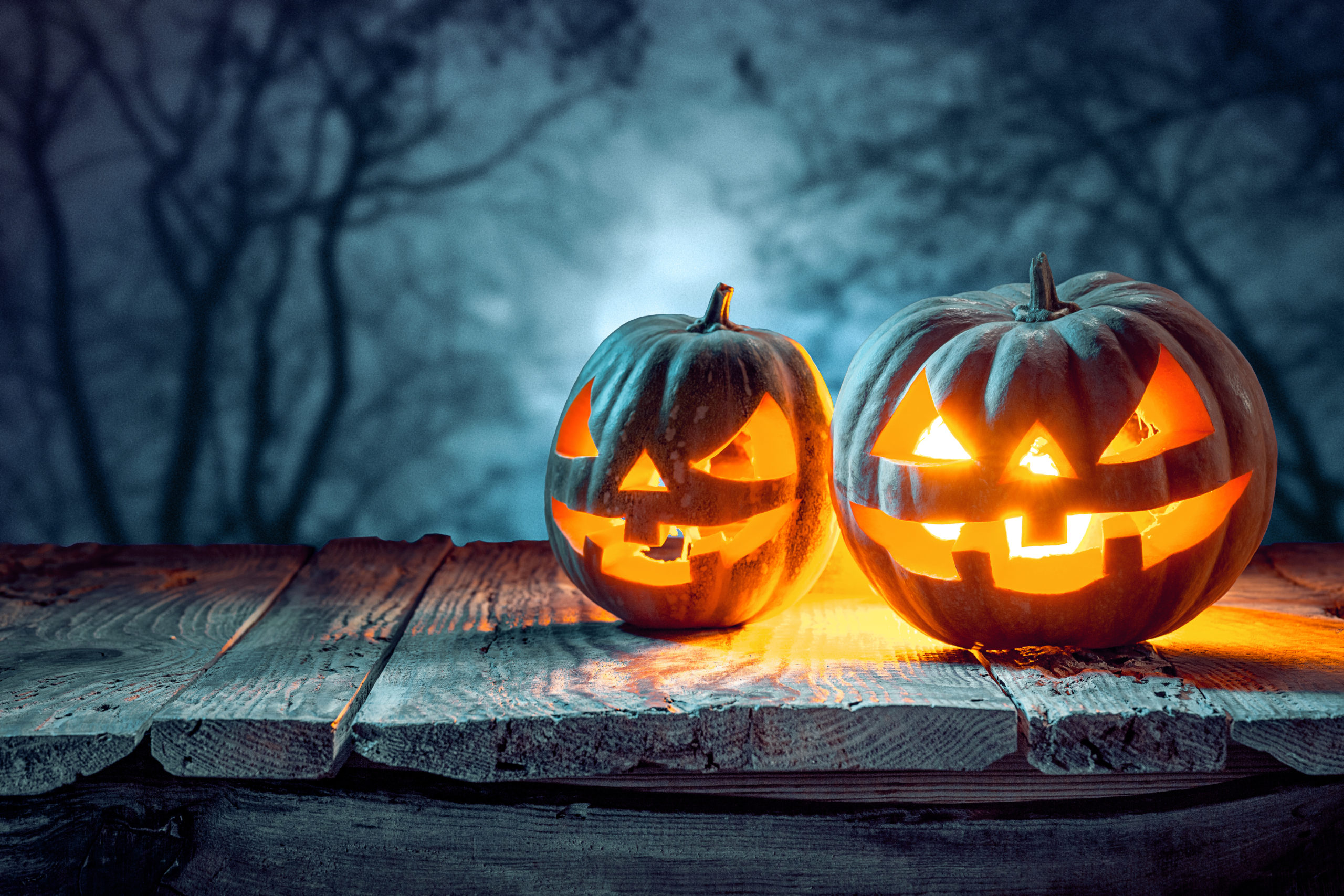The Origins of Halloween
As this famous celebration evolved with American commercialisation, Halloween has grown into a fun annual fancy dress occasion celebrated all over the world.
However, the origins of this day are not simply made up of pure imagination, and are deeply rooted in religious significance. If you’ve ever wondered how this spooky day became such a global phenomenon, read on below!
It began as a religious observance
Said to be rooted in Christian customs, Halloween is actually the day before the still observed All Saints’ Day that falls on November 1st. Originally known as All Hallow’s Eve, the name evolved from the initial including of the Scottish term ‘even’ (meaning day before or eve), with the world ‘All’ and letter ‘v’ eventually getting dropped, ie. Hallow + e’en, to form the word Halloween.
While recorded recognition of All Hallow’s Eve goes back all the way to 1556, the word Halloween was only seen some 200 years later around 1745.
The jack-o-lantern comes from a folktale
While it’s easy to deduce that pumpkins are abundantly available around October, and Halloween also falls during the autumn season in the northern hemisphere, what might be connection that calls us to carve scary faces into pumpkins?
The tradition originates from an Irish Christian folktale, in which a man named Jack is refused entry into heaven after he dies, but cleverly made a deal with the devil that he would not go to hell either. As the devil throws a hot coal at Jack on a cold night, Jack instead decides to place the coal in a hollowed-out turnip to stop it from going out as he searches for a place to rest. Some versions of the tale say Jack was doomed to roam the earth forever.
And while the original story doesn’t actually feature a pumpkin, the practice of carrying around illuminated jack-o-lanterns to frighten away evil spirits on All Hallow’s Eve, hence the carving of scary faces, became tradition.
Trick-or-treating was adapted from another religious practice
Certain historical tracings link modern day trick-or-treating to the practice of ‘souling’ which goes all way back to medieval England whereby Christian children would go from parish to parish to ask the rich for cakes in exchange for prayers of well wishes.
As far back as 1895, recorded practices of ‘guising’ in Ireland and Scotland recounted how people in disguise and with turnip-lanterns in hand would go house-to-house and be rewarded with cakes and fruit.
There are also stories of how in Americans in the early 1900s would adapt customs that came from across the Atlantic, including Halloween. One particular story says that a woman in Kansas who was president of her local gardening club, grew tired of the youth in her town vandalising property and her garden every year on the feast of All Hallow’s Eve. She worked together with the town to make Halloween a big parade, which included a costume contest, and her idea of using the event as a way to channel the energy of the town folk to dramatically reduce destructive behaviour was a smashing success! And as the event became an annual celebration, it spread to other parts of the country, and became the modern costume party for both children and adults that it is today.
Make sure you download the GemSpot app to keep up with latest promotions including free delivery offers and reductions on food orders.
